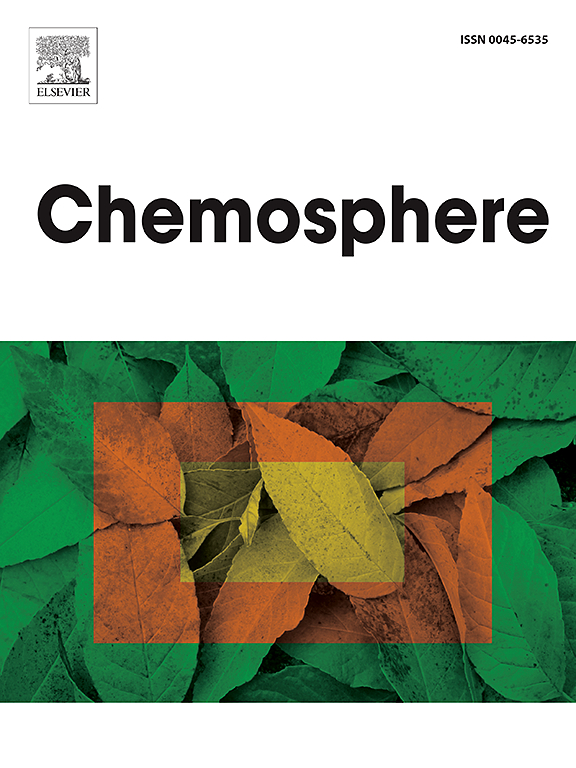废水处理中有效降解雌激素的协同方法:湿地- uv /O3中试研究
IF 8.1
2区 环境科学与生态学
Q1 ENVIRONMENTAL SCIENCES
引用次数: 0
摘要
人们日益认识到,废水处理厂流出物中雌激素的存在是对环境健康的一个重大关切。在本研究中,我们展示了5 m3/d人工湿地-UV/O3高级氧化处理系统对两种关键雌激素:壬基酚和双酚a的去除效率持续超过80%的效果。具体而言,在人工湿地与O3和全开UV灯相结合的最佳条件下,该系统对壬基酚的平均去除率为95.32%,对双酚a的平均去除率为92.66%。此外,该集成系统有效地减少了其他污染物,如氨氮(1mg /L)、化学需氧量(20mg /L)、生化需氧量(4mg /L)、总磷(0.2 mg/L)和颜色(UV/O3处理后小于10°)。这种创新处理工艺的设计和运行为减轻污水处理厂出水中的雌激素污染提供了一种有希望的解决方案。此外,收集的实验数据为该技术的潜在未来扩展提供了有价值的见解。本文章由计算机程序翻译,如有差异,请以英文原文为准。

Synergistic approaches for effective estrogen degradation in wastewater treatment: wetland-UV/O3 pilot-scale investigation
The presence of estrogens in wastewater treatment plant effluent is increasingly recognized as a significant concern for environmental health. In this study, we showcase the efficacy of a pilot-scale 5 m3/d artificial wetland-UV/O3 advanced oxidation treatment system in consistently achieving removal efficiencies exceeding 80 % for two key estrogens: nonylphenol and bisphenol A. Specifically, the system achieved average removal rates of 95.32 % for nonylphenol and 92.66 % for bisphenol An under optimal conditions where the constructed wetlands were combined with O3 and fully open UV lamps. Additionally, this integrated system effectively reduced other pollutants, such as ammonia nitrogen (<1 mg/L), chemical oxygen demand (<20 mg/L), biochemical oxygen demand (<4 mg/L), total phosphorus (<0.2 mg/L), and color (less than 10° after UV/O3 treatment). The design and operation of this innovative treatment process offer a promising solution for mitigating estrogen contamination in sewage treatment plant effluent. Furthermore, the experimental data gathered provide valuable insights for potential future scaling of this technology.
求助全文
通过发布文献求助,成功后即可免费获取论文全文。
去求助
来源期刊

Chemosphere
环境科学-环境科学
CiteScore
15.80
自引率
8.00%
发文量
4975
审稿时长
3.4 months
期刊介绍:
Chemosphere, being an international multidisciplinary journal, is dedicated to publishing original communications and review articles on chemicals in the environment. The scope covers a wide range of topics, including the identification, quantification, behavior, fate, toxicology, treatment, and remediation of chemicals in the bio-, hydro-, litho-, and atmosphere, ensuring the broad dissemination of research in this field.
 求助内容:
求助内容: 应助结果提醒方式:
应助结果提醒方式:


